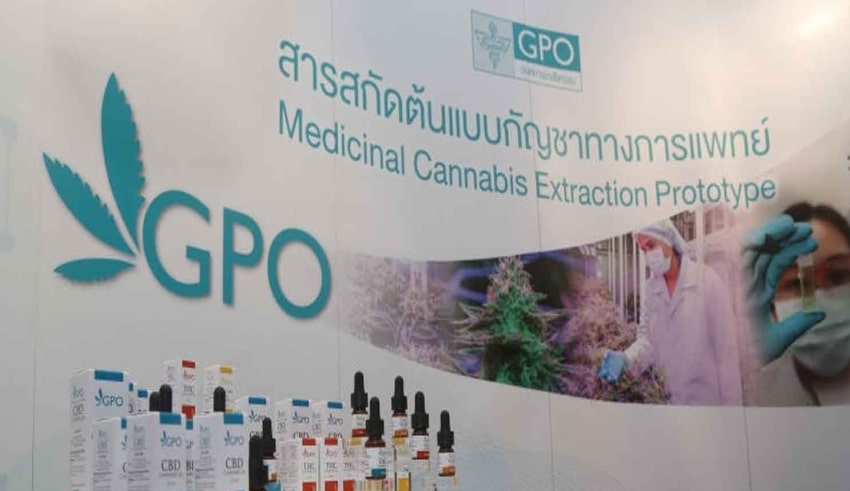
Last updated on May 17th, 2021 at 11:06 am
According to the Government Pharmaceuticals Organization, initial research showed patients, including those with cancer, had benefited from cannabis extract treatment and it may inhibit cancer cell growth.
GPO specialist Nanthakan Suwanpidokkul said studies were being carried out on Monday after GPO began distributing medical cannabis products to public and private hospitals last August.
She said the Prasat Neurological Institute and Queen Sirikit National Child Health Institute discovered that symptoms had improved in 10 or 62 percent of 16 children with difficult-to-treat and intractable epilepsy. The Prasat Neurological Institute also found that five out of seven patients with multiple sclerosis who failed to respond to standard therapies improved when receiving THC: CBD (1:1) extract. THC stands for cannabidiol, tetrahydrocannabinol, and CBD.
The National Cancer Institute recorded that after receiving THC: CBD (1:1) extract for three months, the 14 terminal cancer patients undergoing palliative treatment saw their pain reduced by more than 50 percent, had more appetite, gained weight and slept better. For a month at its medicinal cannabis clinics in provinces, the Department of Medical Services administered THC extract and standard drugs to 42 terminal cancer patients, and reported changes in their pains, loss of appetite and insomnia.
Most patients responded to the treatment positively without any serious side effects. They usually had dry lips and throats, confusion, headaches and palpitations, nausea and vomiting. THC: CBD (1:1) has been applied for three months in 16 patients at Sakonnakhon Hospital in Sakon Nakhon province for Parkinson’s patients. Its conditions were improving. Most of them slept better and had a better quality of life, with no memory impacts.
GPO also found different effects of THC and CBD on the inhibition of cancer cells in test tubes. It assumed a combination of THC and CBD might inhibit cell growth in breast, pancreatic and cancer of the bile ducts. More tests could later be carried out on animals.























